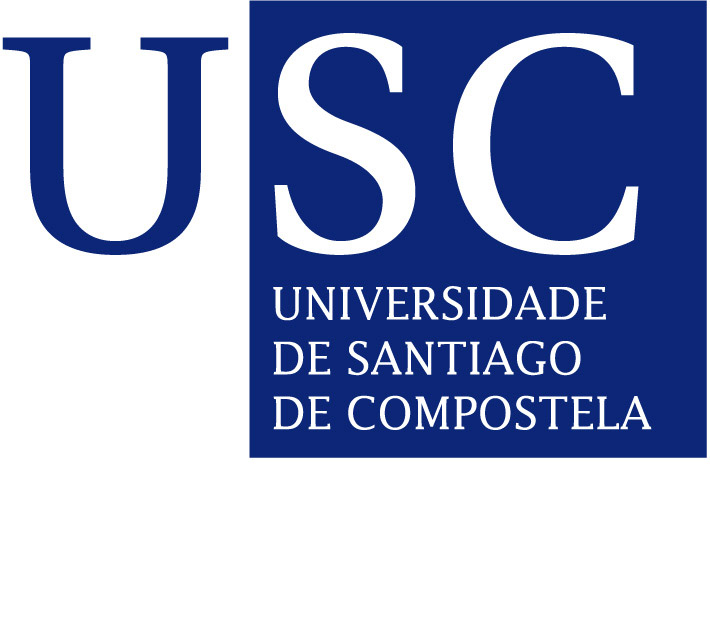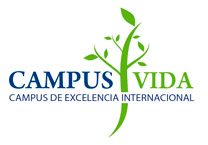Lecture: 'Real-time structural microscopy of co-transcriptional RNA'

CiQUS Seminar Room
10:00h
The ability of certain RNA sequences to fold into specific functional structures is crucial for the timely and selective control of many biological processes. Often, these functional structures are transient intermediates, present only for a short time during RNA synthesis. For decades, studying these co-transcriptional transients has remained a challenge, and with few exceptions, our knowledge about RNA structure and folding has been limited to full-length posttranscriptional sequences. Single-molecule Förster Resonance Energy Transfer (smFRET) has been unique to investigate post-transcriptional RNA structures, but its application to cotranscriptional conditions has been impossible since bacterial and eukaryotic RNA polymerases (RNAP) do not accommodate fluorescently-labelled nucleotides. In this seminar, he will introduce a recently developed smFRET method that overcomes these limitations and allows to monitor RNA sequences folding in real time as they emerge from the native transcriptional complex. He will start by describing a new bioconjugation approach combining stepwise transcription and click-chemistry for site specific incorporation of fluorescence probes to RNA sequences within bacterial transcriptional complexes. Using a TPP-sensing regulatory sequence as an example, he will show how the methodology can be used to obtain, for the first time, co-transcriptional data during transcription elongation. It is expected that the technique could be used with various prokaryotic or eukaryotic polymerases and will assist the development of more refined in-silico predictors of co-transcriptional folding.
About
Carlos Penedo graduated in Chemistry from the University of Santiago de Compostela and received his master degree (1993) and PhD (1998) in Photophysics from the same university. He conducted postdoctoral research with Prof. J. M. Kelly at the Trinity College Dublin and with D. Lilley at the University of Dundee. Since 2008, he leads the Laboratory for Biophysics and Biomolecular Dynamics at the Biomedical Science Research Complex of the University of St. Andrews, a multidisciplinary research centre at the interface of chemistry, biology, physics and medicine. His research focuses on the use and development of novel physical techniques to study biomolecular interactions including proteins, DNA and RNA at the level of single molecules. Single-molecule fluorescence techniques, in combination with advanced microscopes and manipulation methods, provide novel insights into how molecules and systems behave which otherwise will remain hidden in ensemble measurements.



